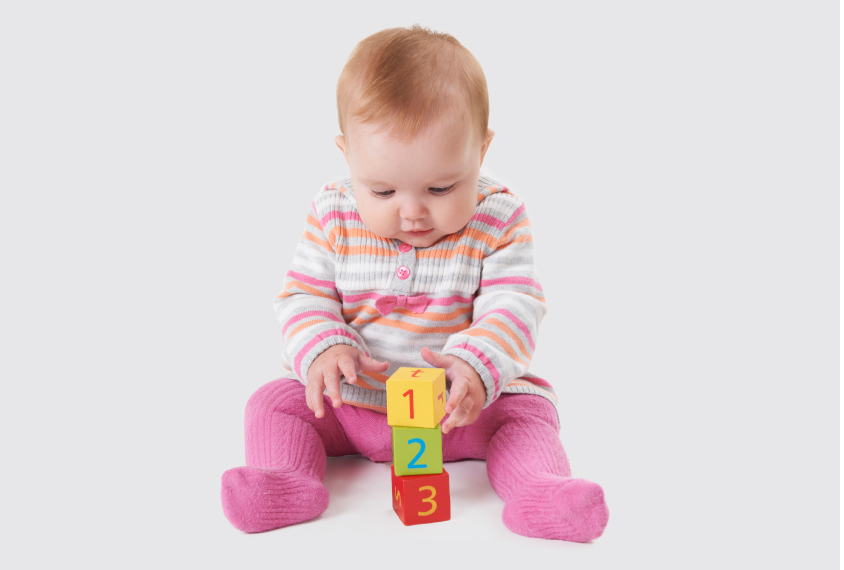
©iStock.com / MachineHeadz
THIS ARTICLE IS MORE THAN FIVE YEARS OLD
This article is more than five years old. Autism research — and science in general — is constantly evolving, so older articles may contain information or theories that have been reevaluated since their original publication date.
Among infants with a family history of autism, those later diagnosed with the condition have trouble holding up their head and grasping objects with their hands at 6 months of age. Researchers presented the unpublished results yesterday at the 2016 International Meeting for Autism Research in Baltimore.
The findings suggest that motor difficulties at 6 months of age predict later signs of autism, says Eve LeBarton, research coordinator in Rebecca Landa’s lab at the Kennedy Krieger Institute in Baltimore, who presented the work.
The researchers followed 104 infants who have older siblings with autism. These so-called ‘baby sibs’ are about 20 times more likely than average to be diagnosed with the condition. The researchers also followed 55 infants who have no family history of autism, considered to be at low risk.
When the children were 6 months old, the researchers evaluated their gross and fine motor skills using three items from the Peabody Developmental Motor Scales, a standardized test of motor development.
The researchers assessed gross motor skills by looking at how well the children kept their heads in line with their spines when pulling themselves up from lying down to a seated position. They gauged fine motor skills through the children’s ability to pick up a small toy block, as well as their ability to reach out and grasp a plastic ring handed to them by an adult.
Regardless of later diagnosis, babies who have siblings with autism show poorer performance as a group on all three tasks than do those with no family history of the condition. For example, their heads lag when they pull themselves up to sit, they tend to grasp a block with their entire palm instead of positioning their fingers opposite their thumb on the object and, when grasping the ring, they tend to not fully extend their arms.
Symptom sync:
The researchers also measured autism symptom levels in 74 baby sibs and 45 low-risk infants at 6 months. They found that as a group, the baby sibs show more features of autism than the low-risk infants do.
What’s more, babies who have the most head lag and difficulty grasping blocks tend to have the most autism traits. This finding suggests a possible link between motor difficulties and autism symptom severity during infancy.
As the children in the study reach 24 months of age, the researchers evaluate them for autism. Of the 49 baby sibs evaluated so far, 11 have been diagnosed with autism. By contrast, none of the 25 low-risk infants evaluated have been diagnosed with the condition.
The children later diagnosed with autism had lower scores on all three motor tests at 6 months of age than did either the baby sibs without autism or those in the low-risk group.
The findings are preliminary, given the small number of children diagnosed so far, says LeBarton.
Previous studies have hinted that motor problems in infancy contribute to features of autism or even delays in other areas of development. The new study is more tentative. “Our study falls short of saying anything about causality,” LeBarton says. “We’re merely saying that there are early difficulties.”
For more reports from the 2016 International Meeting for Autism Research, please click here.
By joining the discussion, you agree to our privacy policy.